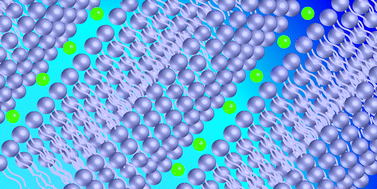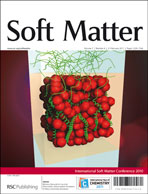Zinc ions are highly abundant in biological systems and interact with various enzymes, proteins and biomembranes. In this paper, an in-house state-of-the-art time-resolved solution X-ray scattering setup was used to study the interactions of divalent ions with charged membranes. We show that unlike calcium ions that strongly couple and crystallize charged membranes very rapidly, zinc ions exhibit a fast time scale (seconds) for the strong coupling of the bilayers and a much slower one (hours) for the 2D lateral crystallization of the bilayers. This is attributed to the smaller zinc ion size (compared to calcium ions), which requires higher energy to shed its hydration shells. The rate of crystallization depends on the structure of the lipid tails and is slower for the unsaturated lipid, DOPS, than the saturated lipid, DLPS. We attribute this to the stronger steric repulsion between unsaturated DOPS tails, which have kinks, and to the weaker cohesive electrostatic energy, induced by the zinc ions, due to the larger area per head-group of DOPS. The Avrami model for a 2D growth mechanism with an instantaneous nucleation describes well the crystallization process. The crystallization involves various structural changes in the bilayer structure and lipid conformations within each bilayer. In this paper, we present those structural changes as a function of time.

You have access to this article
 Please wait while we load your content...
Something went wrong. Try again?
Please wait while we load your content...
Something went wrong. Try again?


 Please wait while we load your content...
Please wait while we load your content...